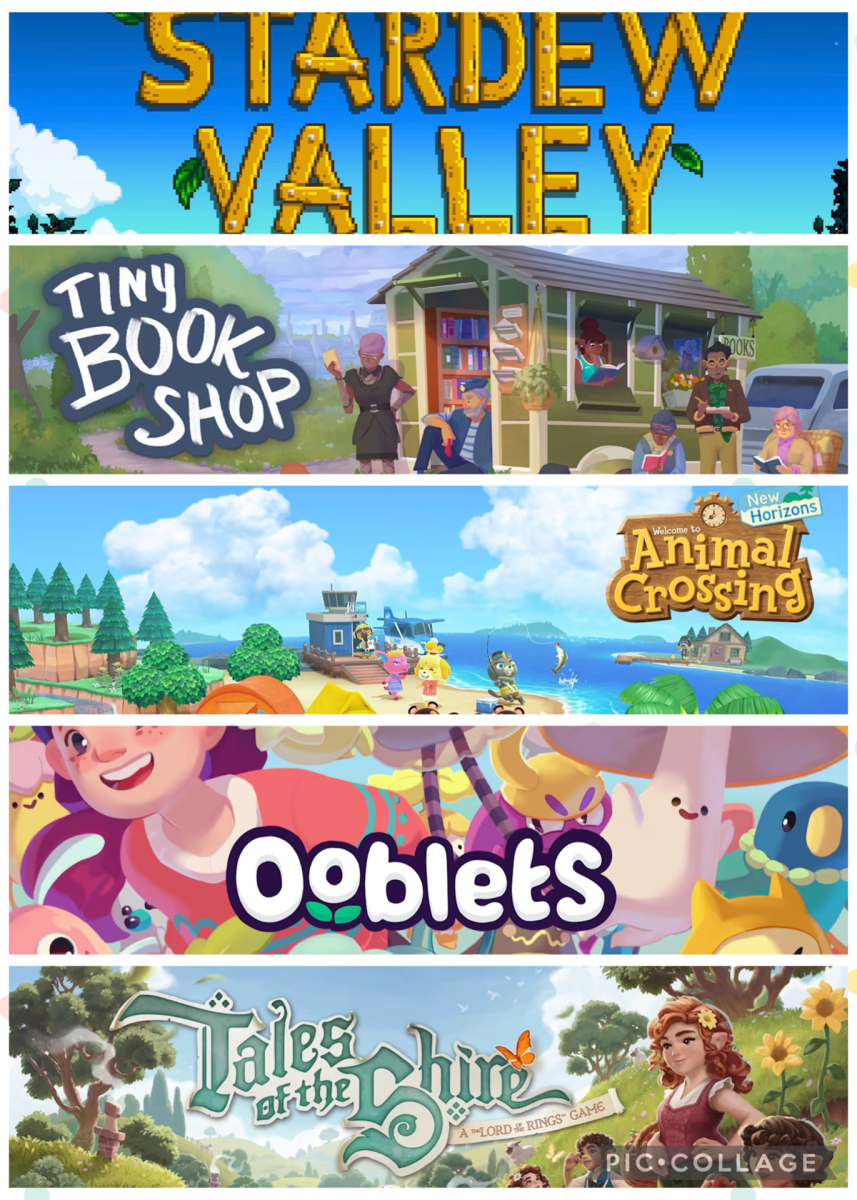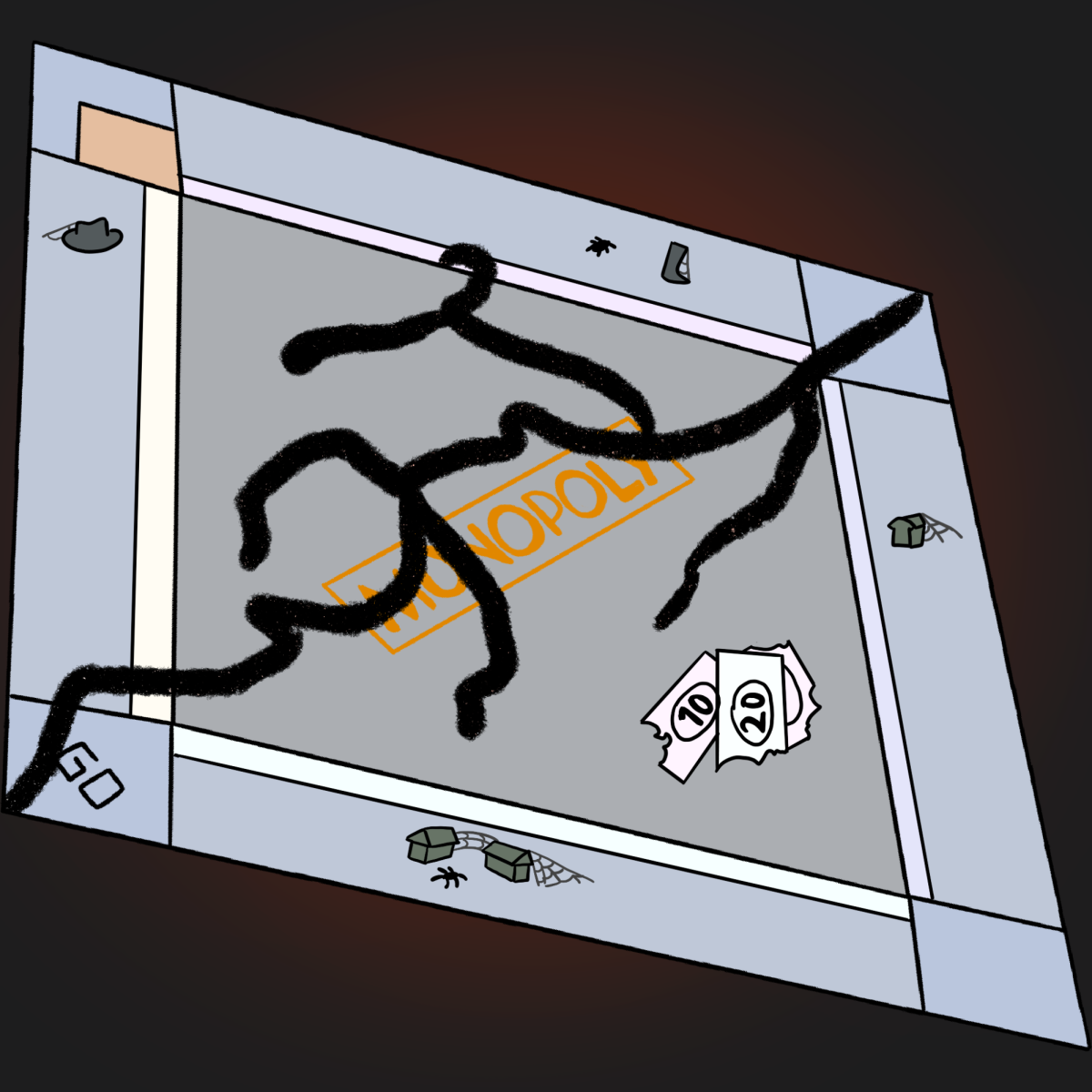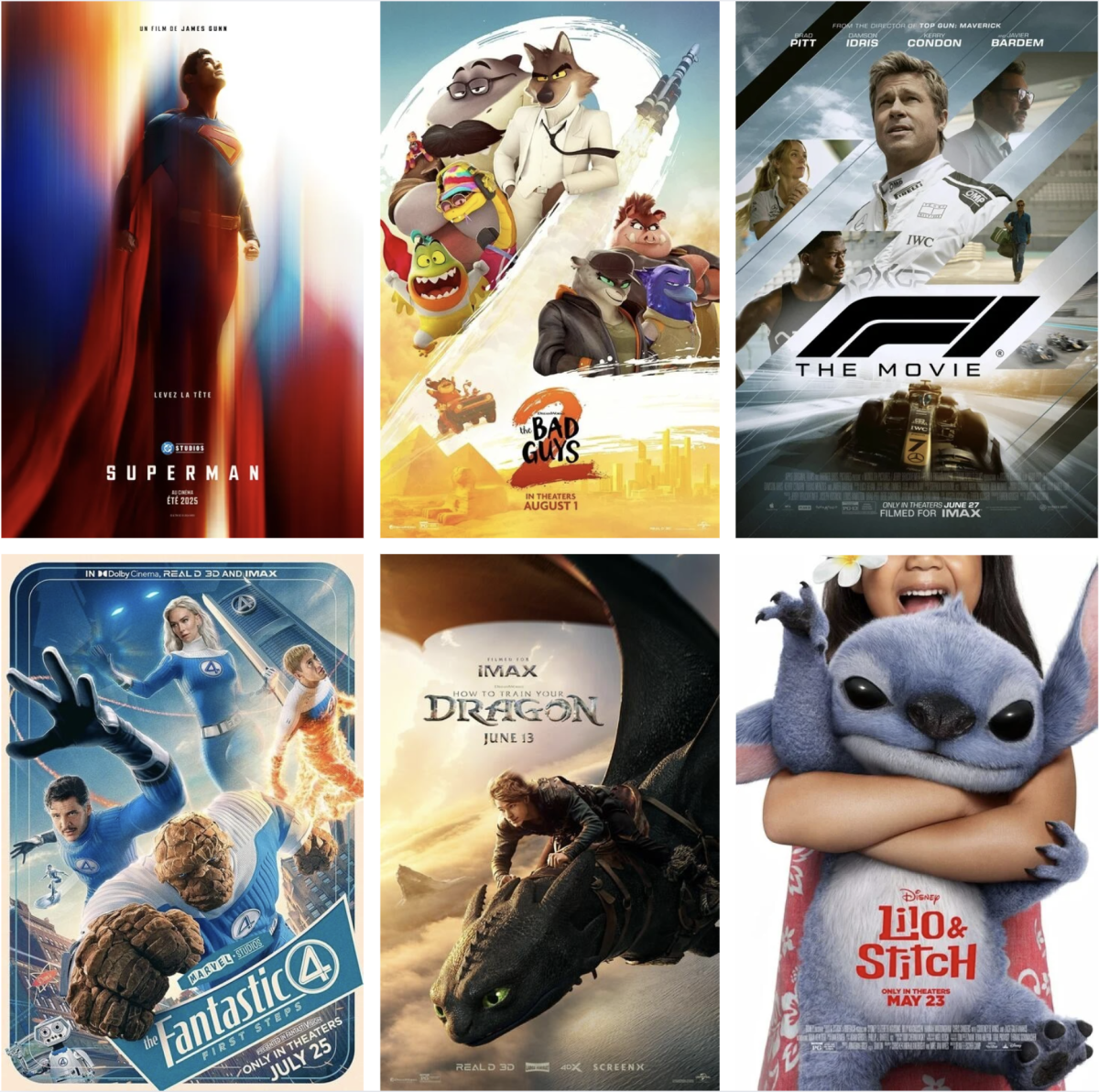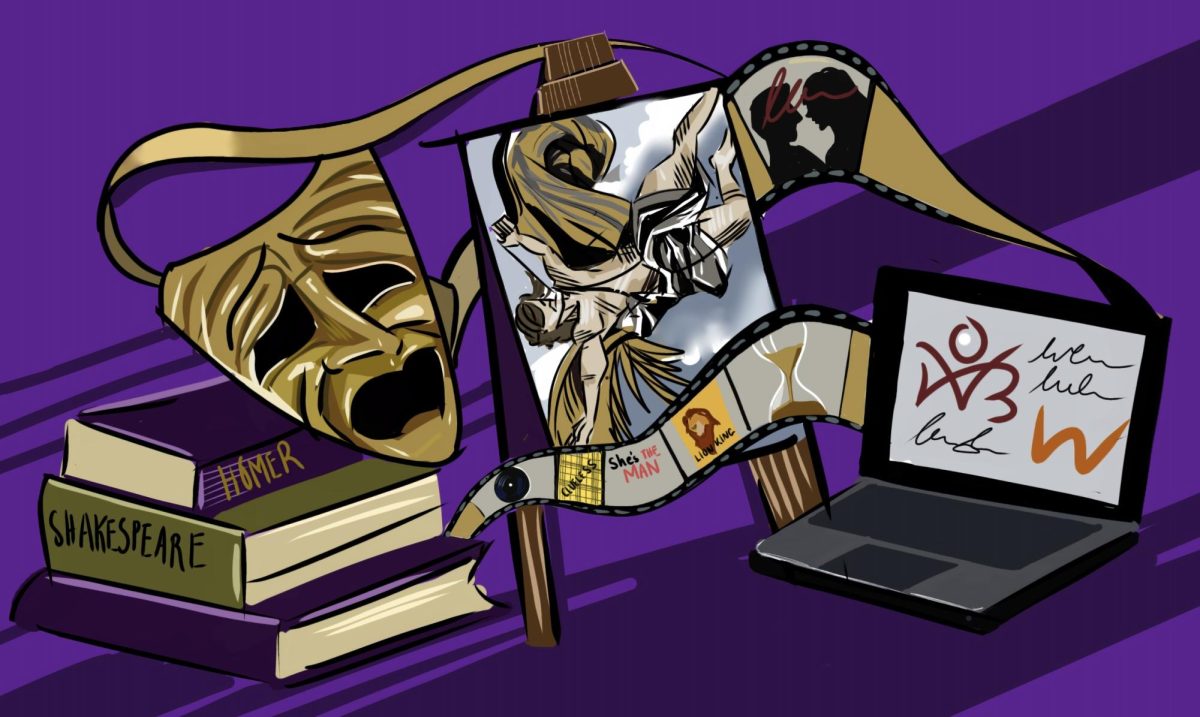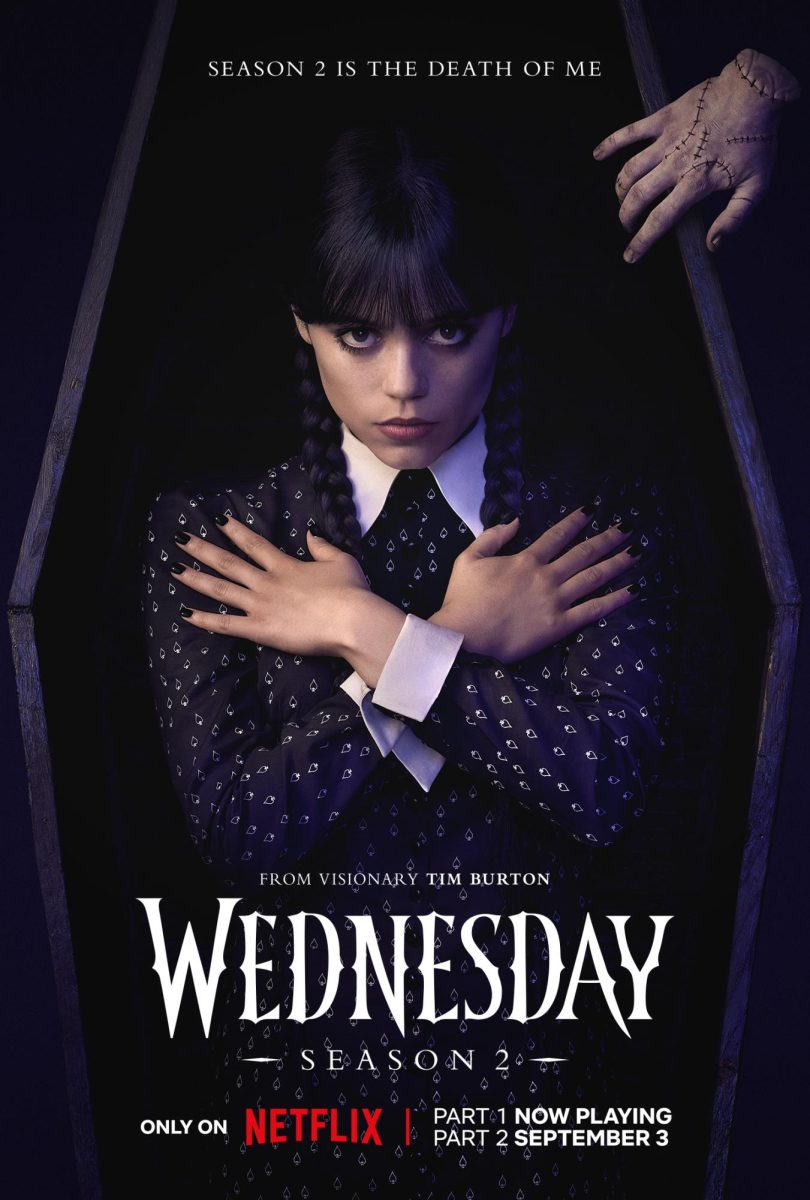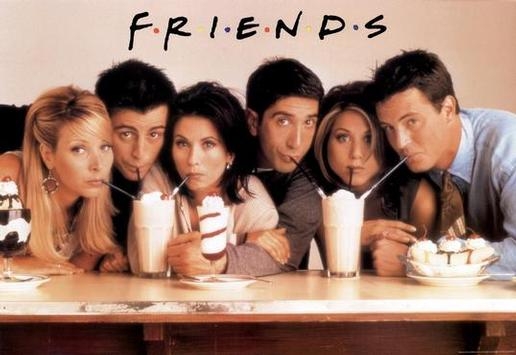
As the digital age hurtles towards us, one peculiar paradox emerges: the more we advance, the more we yearn for yesterday. “Friends’ ‘ a light hearted series released in the early ‘90s still encapsulates as many young adults in 2023 as it did in 1994. Rewatching Gilmore Girls every fall, Home-Alone every holiday season and numerous rom coms from the ‘80s, ‘90s, and ‘00s that we have deemed classics are common feats in many households. Despite being the era of the future, why do we search for comfort in a time before social media existed?
It’s a time-traveling obsession that transcends generations.
This may be because of the superior quality of television that the bygone eras supposedly had. Many critics and enthusiasts often refer to the late 20th and early 21st century as the better era for television.
Although not as refined and visually appealing as many of today’s sitcoms and television shows, old tv eluded certain nostalgic and soothing characteristics that are not as prevalent in today’s comedies and television shows.
Take Josh Schwartz’s show “The OC” for example. This show offers a glimpse into the world of wealthy California teens. Regardless, its combination of dramatic and humorable characters became unexpectedly relatable to any teenager then and now. While touching on the same dark themes seen in today’s television, like HBO’s “Euphoria”, it’s much more digestible.
Similarly, the show “Full House,” ran from 1987-1995 which surrounds an unusual and comical family that tackles relevant and important issues in a lighthearted way.
In other words, the type of humor that was present in old television is rarely present today. As most watch TV as a form of entertainment and time passes, the enjoyment we receive from it is crucial. The jokes we see now from Disney and Nickelodeon don’t even compare to the memorable punchlines and scenes from their old productions.
Contrastingly, maybe it’s not that television was at its peak before, but instead might be a result of our ever growing obsession with reliving the past. Nostalgia and comfort is refuge from reality, and because we don’t know what the future holds, we search for it in the past. In fact the pandemic is partly to blame for our infatuation with the past.
An article on Business Insider by Hillary Hoffower, stated that during the pandemic “companies and brands beefed up nostalgia marketing, and so we emerged from quarantine to a vaccinated world where cigarettes, wired headphones, preppy style, and Y2K fashion trends are in again.”
This overlooked phenomenon is also a reason for why many of us now prefer old movies and shows. Our craving for comfort is satiated by enjoying things from the past.
Even though life isn’t necessarily better in the past, we dismiss that just because for a few moments we want to be transported to a different period of time, specifically one free of technology. The easygoing nature of television characters in the past make them appealing because their lives aren’t controlled by social media and technology the way we are.
Take Netflix’s show “Stranger Things” for example. This show that began in 2016 and is ongoing, surrounds teenagers and adults of different ages, fighting horrifying and unrealistic villains. But the show also takes place in the early ‘80s introducing viewers to different hair, clothing, synth music, and ultimately a different way of life.
Stranger Things has gone on to be one of the most watched and enjoyed series on Netflix, and has received 79 awards and many more nominations. But as stated in an article by MovieWeb.
“The 80s nostalgia is an important ingredient in Stranger Things’ tremendous success.”
Flared bell bottoms and Y2K fashion has made a comeback that doesn’t seem to be dying down anytime soon. Why do we find ourselves endlessly scrolling through catalogs of nostalgic movies, paying excessive prices for vinyl records and polaroid film when most of us have a perfectly capable cell phone? The aesthetic of the past seems to be something of attraction to us in the present.

